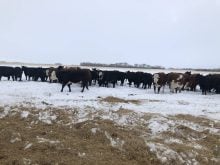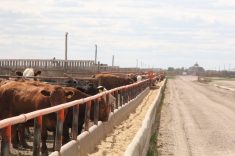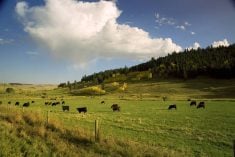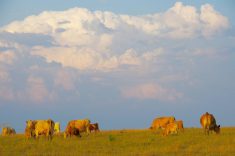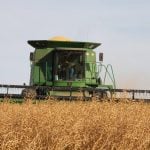Driving from Winnipeg to Brandon in early November, I noticed the amount of standing water on the side of the highway. But it wasn’t until I talked to Manitoba cattle producers at their annual meeting that I realized what a wet summer and fall they experienced. And only after I had heard them vote on numerous resolutions for government help did I understand that precipitation and predators were top issues for these producers.
It also made me realize that wherever one travels in North America, you find there are local issues distinct to that state, province or region. Here in the U.S., producers are so preoccupied with USDA’s proposed rule on livestock and poultry marketing that other issues pale by comparison. Yet producers in parts of the Southeast and South have struggled with drought all year (oh for some of that Manitoba rain). Other issues are more national in nature, such as higher corn prices and possible new environmental constraints.
Read Also
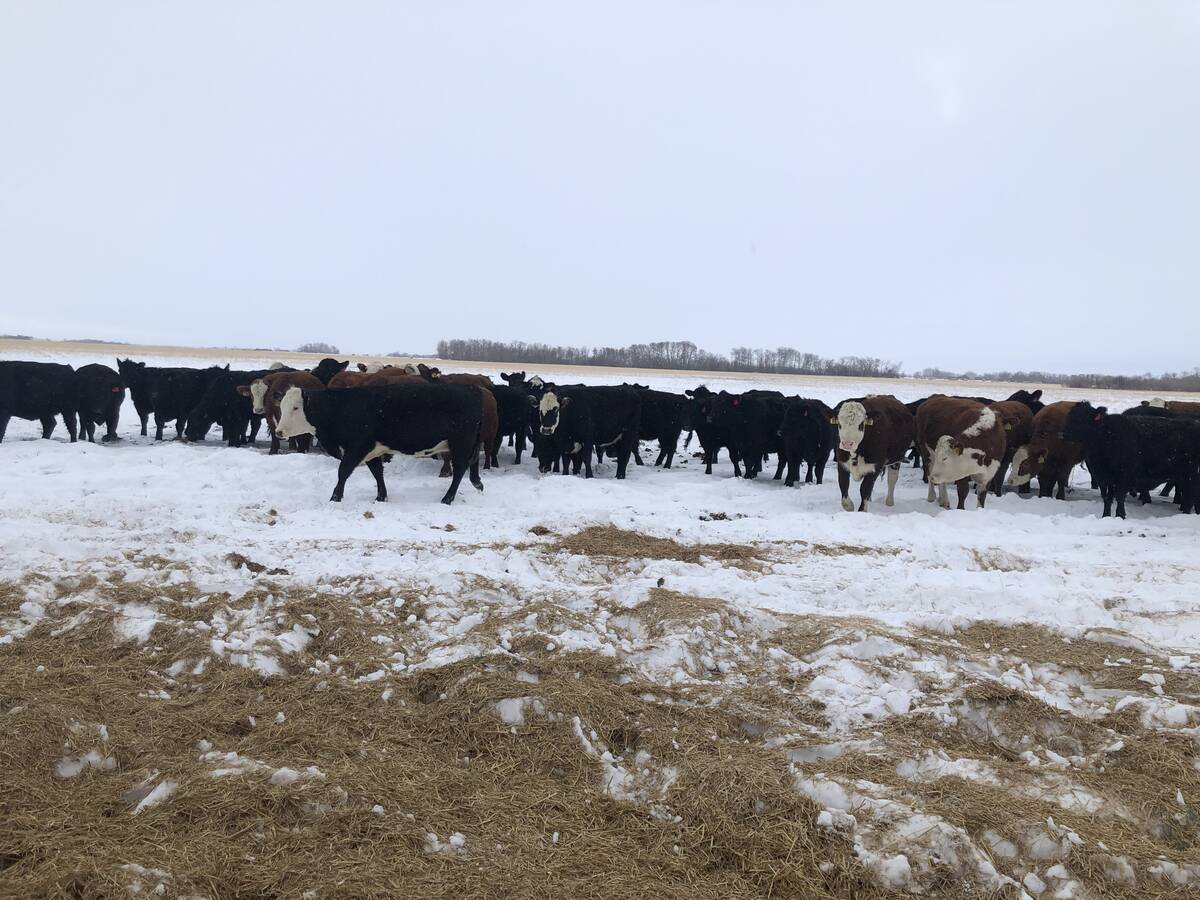
Picking the most efficient cows to rebuild your cow herd
A new cow ranking system to help beef farmers and ranchers pick the most efficient cows as they rebuild their herds.
These and other factors are creating considerable uncertainty among producers, even though the outlook looks bright. Producer- owned research and analysis firm CattleFax has forecast that cow-calf margins will be US$80 per cow this year, $120 per cow next year and $150 per cow in 2012. But producers so far have shown no signs of retaining heifers and expanding their herds. The opposite is the case. Cow slaughter so far this year is four per cent higher than last year while fed heifer slaughter is up three per cent. The 2010 U.S. calf crop is expected to be the smallest since 1950.
The U.S. declines mean the North American herd is also shrinking. Canada’s cattle population on January 1, 2011 is expected to be about 12.5 million head, down half a million from 2010. Mexico’s numbers will be lower. The continent’s herd by January 1 will have shrunk by more than six million head or 4.6 per cent in just three years.
The biggest impact of these declining numbers is that the U.S. faces a beef shortage. Domestic production is declining, exports are larger than last year while imports are smaller. U.S. exports January through September were up 17 per cent in volume while imports for the period were down 10 per cent. This means that total available beef supplies on a per-capita basis will be the lowest in 60 years. They will be 57.5 pounds per person versus 61.1 pounds in 2009, according to USDA forecasts.
This is a tremendous opportunity for the Canadian industry to supply even more beef to its southern neighbour. Canadian beef exports to the U.S. so far this year are up 13 per cent on last year. The outlook looks even more promising because U.S. domestic demand is finally looking stronger. Demand during the third quarter posted a 2.8 per cent gain on the same quarter in 2009, according to analyst Andrew Gottschalk of HedgersEdge.com. Improved export demand had been the driver of the wholesale beef and live cattle markets until that point. Domestic demand though is what will determine price levels going forward.
Meanwhile, global cattle numbers are flat, with the only increase of note being in Brazil. This means global beef production will decline slightly in 2011, says USDA. Yet global beef demand has bounced back from its battering in 2009. Numerous countries are clamouring for more beef. The European Union became a net importer in 2003 and now imports 500,000 metric tons per year. South Korea and Japan are buying more beef, China looms as a potential buyer and the Middle East is a growing market for cuts. With North American and global beef demand likely to exceed supply, the message is clear: expand your herds if you can.
CattleBuyersWeeklycoverstheNorthAmericanmeat andlivestockindustry.Forsubscriptioninformation, contactSteveKayatP.O.Box2533,Petaluma, CA94953,orat707-765-1725,orgoto www.cattlebuyersweekly.com.
———
ANorthAmericanviewofthemeatindustry.SteveKayispublisherandeditorofCattleBuyersWeekly
———
CattleFax has forecast that cow-calf margins will be US$80 per cow this year, $120 per cow next year and $150 per cow in 2012


